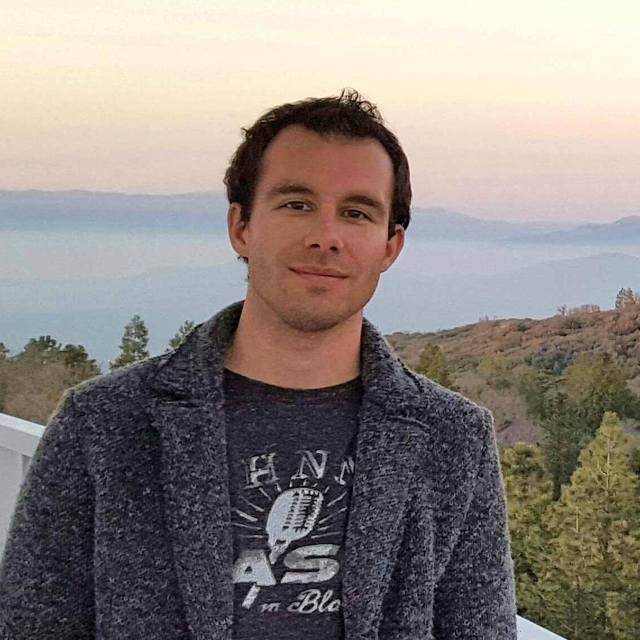September
2016
•
2016ApJ...828...18M
Authors
•
Masters, Daniel
•
Faisst, Andreas
•
Capak, Peter
Abstract
•
The offset of high-redshift star-forming galaxies in the [O III]/Hβ versus [N II]/Hα (O3N2) diagram in comparison with the local star-forming galaxy sequence is now well established. The physical origin of the shift is the subject of some debate and has important implications for metallicity measurements based on strong lines at all redshifts. To investigate the origin of the O3N2 offset, we use a sample of ∼100,000 star-forming galaxies from the Sloan Digital Sky Survey DR12 to understand how measurable galaxy physical properties ({{{Σ }}}{SFR}, ionization parameter, nitrogen-to-oxygen (N/O) ratio, and stellar mass) drive galaxy position in two key diagnostic diagrams: O3N2 and [O III]/Hβ versus [S II]/Hα (O3S2). At fixed [O III]/Hβ, galaxies close to the high-redshift locus in O3N2 have higher {{{Σ }}}{SFR}, stellar mass, and N/O ratio. We conclude that higher N/O ratios at fixed [O III]/Hβ are the proximate cause of the O3N2 shift. We also find a tight correspondence in the distributions of stellar mass and N/O in the diagnostic diagrams. This relation, spanning a range of galaxy evolutionary states, suggests that the N/O-M * relation is more fundamental than the relation between N/O and O/H. We argue that a more fundamental N/O-M * relation is well-motivated physically. Because the mass-metallicity relation evolves more rapidly with redshift than N/O-M *, the N/O ratios of high-redshift galaxies are elevated in comparison with local galaxies with the same gas-phase O/H. The O3N2 shift and elevated N/O ratios observed in high-redshift galaxies, therefore, come about as a natural consequence of the N/O-M * relation combined with the evolution of the mass-metallicity relation.
Links





